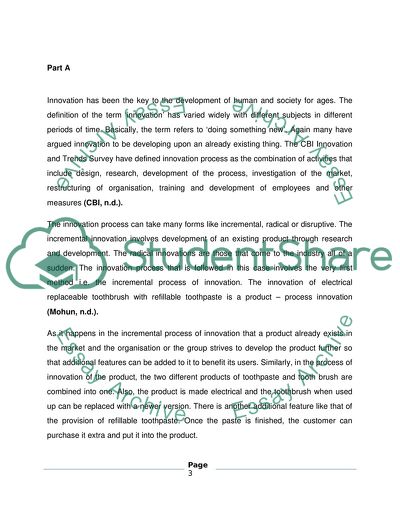Cite this document
(A Role of Organisational Culture, the Organizational Climate, and Oper Case Study, n.d.)
A Role of Organisational Culture, the Organizational Climate, and Oper Case Study. Retrieved from https://studentshare.org/human-resources/1730807-evaluate-project
A Role of Organisational Culture, the Organizational Climate, and Oper Case Study. Retrieved from https://studentshare.org/human-resources/1730807-evaluate-project
(A Role of Organisational Culture, the Organizational Climate, and Oper Case Study)
A Role of Organisational Culture, the Organizational Climate, and Oper Case Study. https://studentshare.org/human-resources/1730807-evaluate-project.
A Role of Organisational Culture, the Organizational Climate, and Oper Case Study. https://studentshare.org/human-resources/1730807-evaluate-project.
“A Role of Organisational Culture, the Organizational Climate, and Oper Case Study”. https://studentshare.org/human-resources/1730807-evaluate-project.


